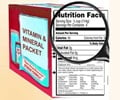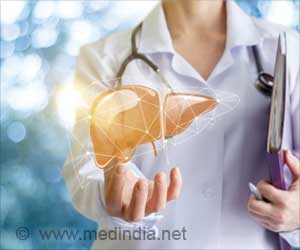Scientists have suggested an improved method for detection of food-borne pathogens.
Scientists have come up with a new and improved method for detection of food-borne pathogens.
Dr. Edmund Ting, Senior VP of South Easton, MA-based Pressure BioSciences, Inc., believes that improvements in food safety depend on the rapid and accurate detection of food-borne pathogens, both in pre-release quality control testing and in post-outbreak investigations.Such detection depends to a great extent on the quality of the extraction of the DNA, RNA, and proteins ("biomolecules") from the pathogens contaminating the food.
Ting has been researching the effects of high hydrostatic pressure on pathogens that contaminate the food supply.
"Current extraction methods rely principally on heat, electrical charge, sonication, homogenation, and chemical partitioning, all of which can alter and sometimes even destroy sensitive and important biomolecules (such as proteins), or fail to liberate them from complex biological structures," he said.
"Consequently, it may be difficult to find the contaminating pathogen if the sample preparation method cannot reproducibly and effectively extract or identify the pathogen's biomolecules from the food sample prior to testing," he added.
Pressure cycling technology (PCT) employs cycles of hydrostatic pressure between ambient and ultra-high levels (up to 35,000 psi and greater) to safely, reproducibly, and efficiently release DNA, RNA, and proteins from food, plant, and biological samples within minutes, allowing for more rapid and accurate downstream testing.
Source-ANI
TAN
 MEDINDIA
MEDINDIA



 Email
Email










